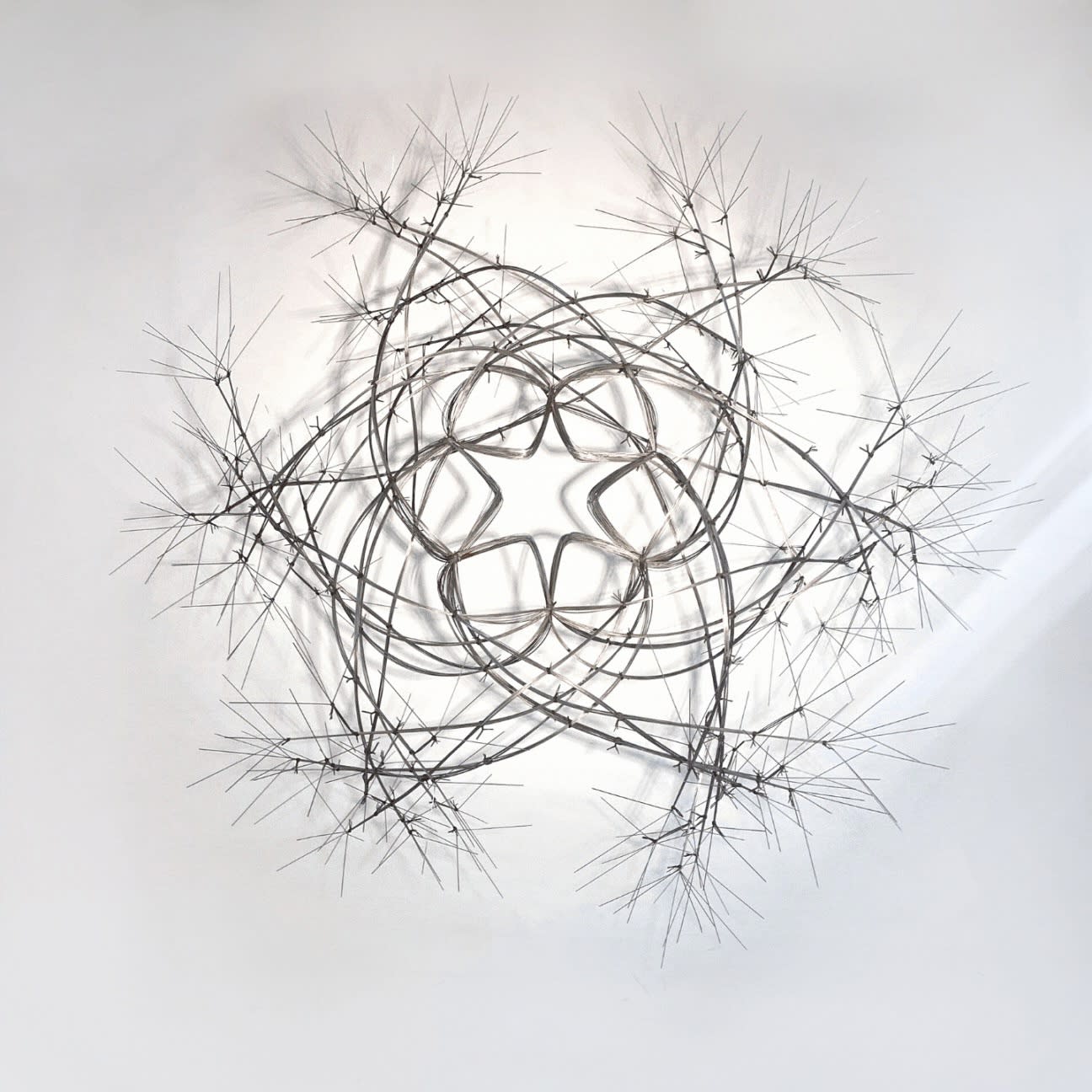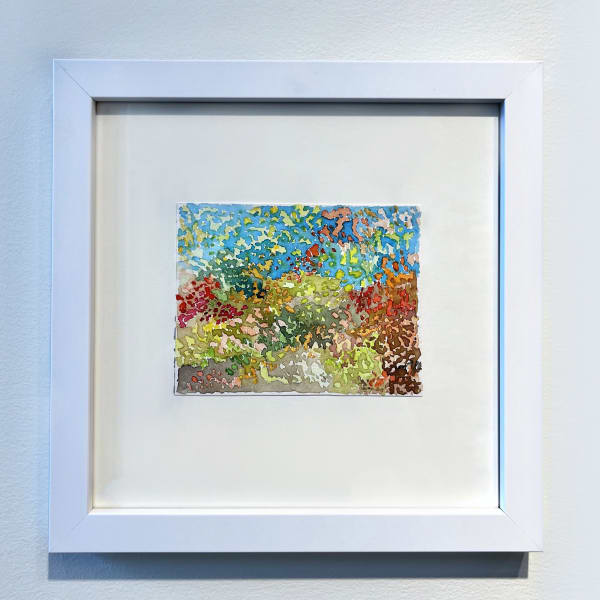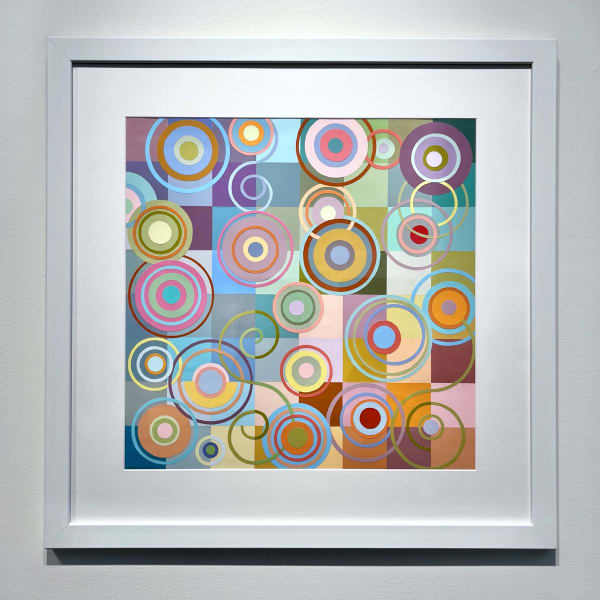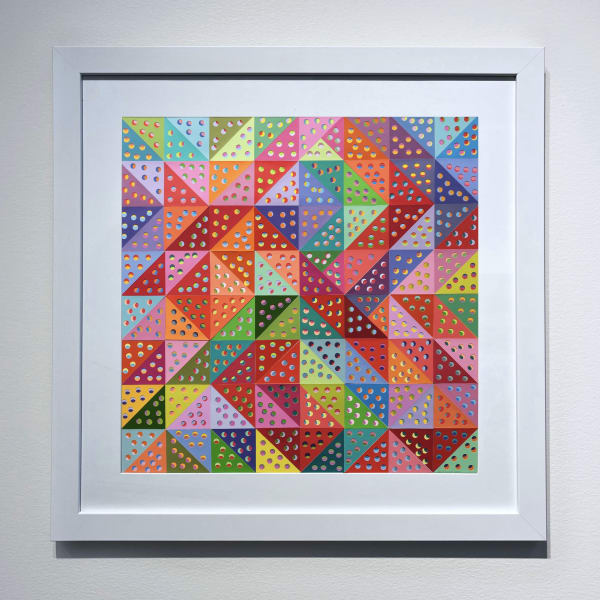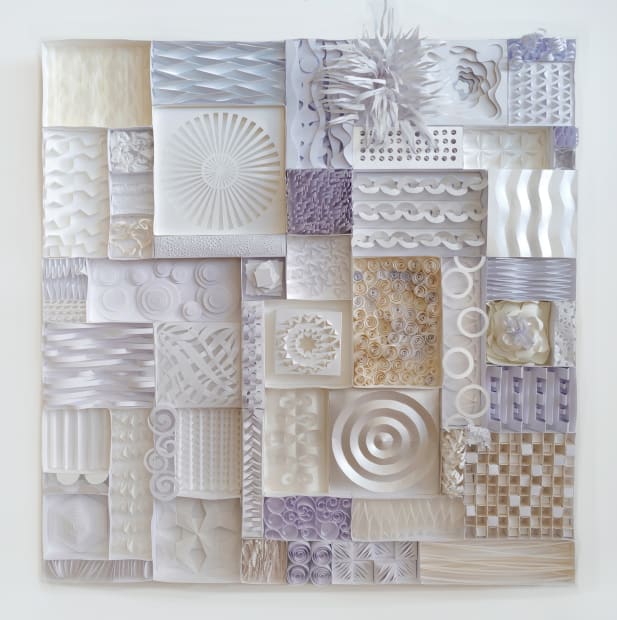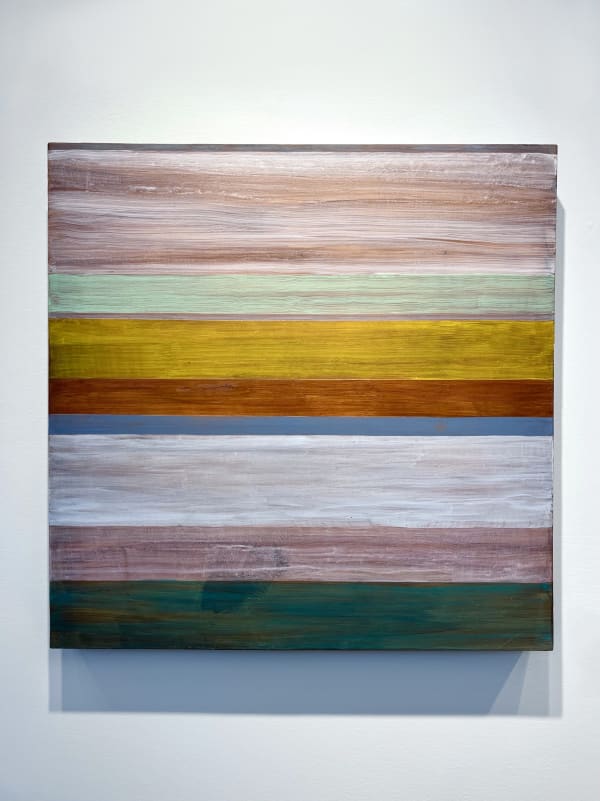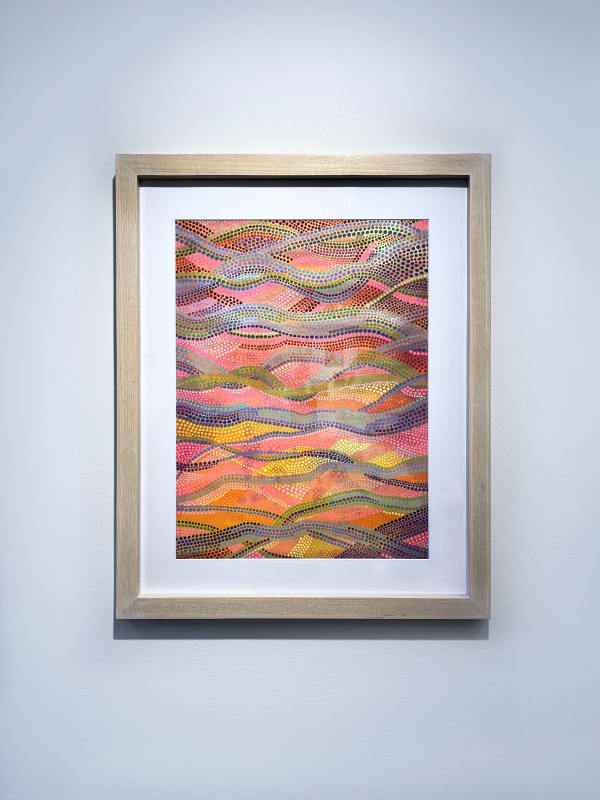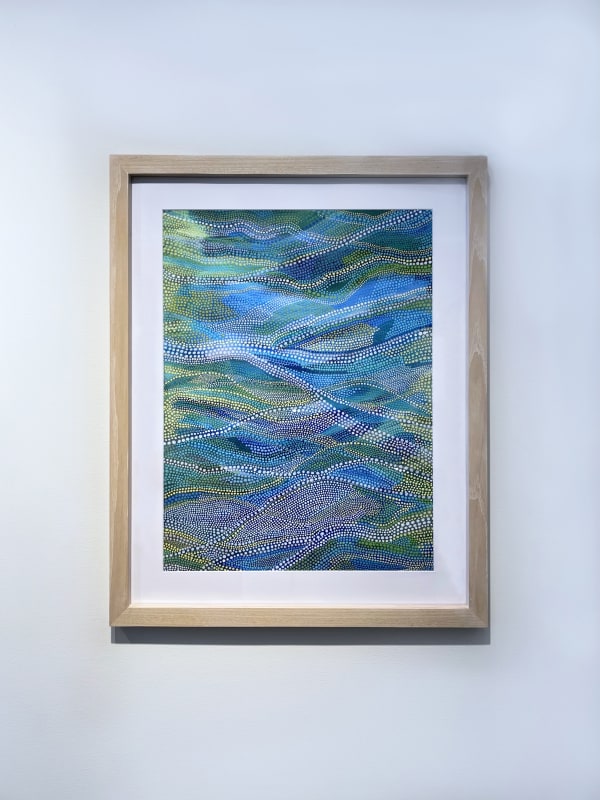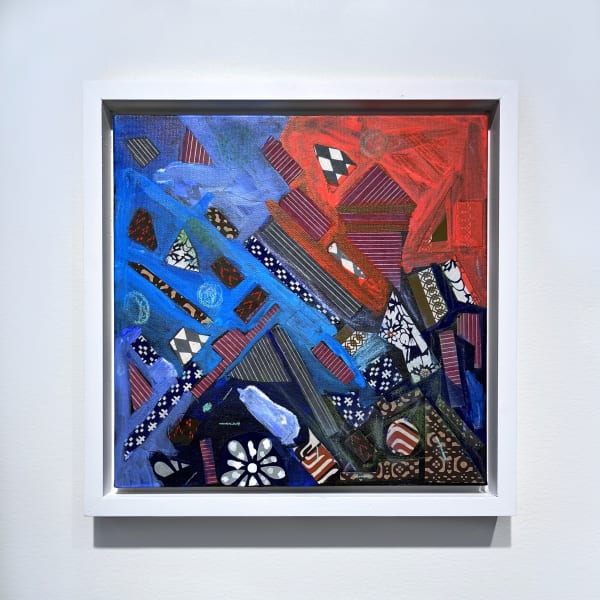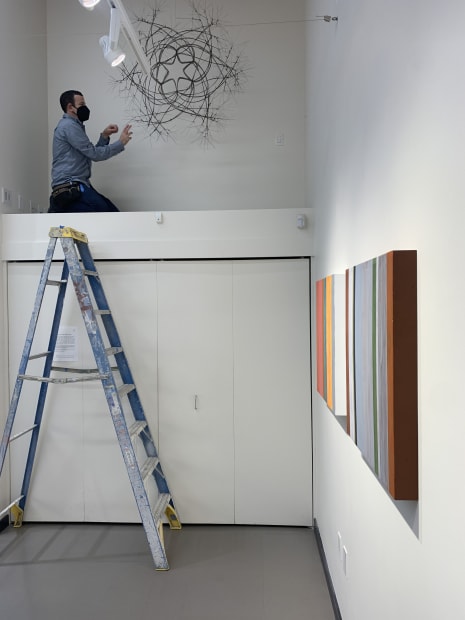-

-
Generation:
The roots of making the asawa-lanier family“Learn something. Apply it. Pass it on so it is not forgotten.” - Ruth Asawa
Generation: The Roots of Making in the Asawa-Lanier Family exhibition brings together four generations from a San Francisco family of makers. Inspired by our namesake, renowned artist, educator and activist Ruth Asawa, the exhibition serves as an opportunity to honor Asawa’s life-long commitment to community-based art education and activism in the arts.
The word generation can have several meanings. A generation is a group of people born and living at the same time. It can also mean creating or making. Timed to coincide with Asawa’s birthday month, Generation is a tribute and a testament that Asawa’s values live on through generations - in the Asawa-Lanier family, in communities and organizations, like Ruth’s Table - that share her unwavering belief that creative engagement is essential and can impact the lives of people of all ages.
The exhibition brings together works in wire and lithography by Ruth Asawa; paintings, drawings, and birthday envelopes by Albert Lanier; paintings and a clay platter by Paul Lanier; textile, collage, and painting by Aiko Lanier Cuneo; origami portraits, paintings, and paper construction by Lilli Lanier; and paintings by Lucia Ruth Soriano. All of these artists have worked with one another on public commissions, as teaching artists in schools, and collaborated on pieces in this show.
The work exhibited in Generation spans 57 years from 1965 to 2022. Motifs rooted in interwoven patterns of line, repetition, and dynamic interactions between geometric shapes, color, and forms, appear in all artists’ works creating inherent conversation and visual connections carried through varying media. Together, they form a story of four generations of a family that is joined not only in relationship, but by the curiosity and love of materials, color, and pattern.
LISTEN TO THE AUDIO DESCRIPTION of complete curatorial statement →
-
Access FEATURESEach artwork image in this viewing room is accompanied by a written visual description and a comment from the artist. Please click on individual artwork images to access additional detail images that offer a closer look at the artist's technique.
Audio descriptions of each artwork are available by following the link "Audio Description" within each artist section. Explore a complete playlist of audio descriptions here →
Explore the following documents:
Curatorial Statement →
Press Release →
Visual Artwork Descriptions →
Large Font Exhibition Materials →
Acknowledgment
Generation is a tribute to our namesake, renowned artist, educator, and activist Ruth Asawa and to the roots of Ruth'sTable, which was profoundly shaped by Asawa's values. Grateful thanks to the Asawa-Lanier family, Front Porch Foundation, and our generous donors for making this exhibition possible. -

-
“As a child I had many visions that I could not express. As an adult I still have them and sometimes I am able to give them form, in a drawing on paper or in space, in a transparency, in defined volumes and the voids between them or the shape of a work’s shadow. I try to explore the total capacity of materials and techniques and often that takes me where I wouldn’t have gone otherwise.”
— Ruth Asawa
(March 29, 2002)
-
“…I spent three years there (Black Mountain College) and encountered great teachers who gave me enough stimulation to last me for the rest of my life -- Josef Albers, painter, Buckminster Fuller, inventor, Max Dehn, the mathematician, and many others. Through them I came to understand the total commitment required if one must be an artist. I hope to share with you the joy and wonder I find in working. Perhaps some of you will make art an integral part of your daily lives. It is a very satisfying preoccupation.”
- Ruth Asawa
(Capricorn Asunder, San Francisco Arts Commission Gallery, 1976)
-

-
Curatorial comment
Growing up on a farm prepared Ruth for a life of hard work for which she was well suited. Making the best of being interned at the beginning of World War ll, she took great pleasure in studying with Disney artists and art teachers in the internment camps. After graduating high school, she was sponsored out of camp to study at Milwaukee State Teachers College to become an art teacher. Unable to student teach because of her Japanese heritage, she decided to go to Black Mountain College to study art. After three years, she came to San Francisco to marry Albert Lanier, start a family and continue her work as an artist. Her work can be seen in collections nationally and internationally.
“I really enjoy everything I do. I’m really concerned with how much I can pack into one day then into nine months or a year. I’m really concerned with every single day.” - Ruth Asawa
-

-
“When I grew up in the South, a career in art was not a suitable profession …I think it (architecture) was that you could do everything that you could do, say, in sculpture. But it had a use. I aspired to build beautiful buildings.”
- Albert Lanier
(The Bancroft Library Oral History Center, 1974)
-
Curatorial Comment
Albert Lanier was an artist from an early age. He drew, painted and sculpted throughout his childhood. At sixteen he enrolled at Georgia Tech in Atlanta, Georgia to study architecture. After three years there, including a stint in the Navy, he enrolled for a year to study art and architecture at Black Mountain College in North Carolina where he met his future partner, Ruth Asawa. While at Black Mountain College, he and a group of students designed and built a small house, The Minimum House. After 12 months at Black Mountain, he moved to San Francisco, where he worked for local architects Mario Corbett and John Funk, eventually opening a two-man architectural firm, Lanier & Sherrill.
-

-
“I make art because the process challenges me and gives me times of great joy and surprise. I like the magic of making something from nothing. As a teaching artist, art making promotes collaboration, social interaction, flexibility, improvisation, invention, experimentation, problem-solving and a safe way to fail and succeed."
- Aiko Lanier Cuneo
-
"The artists who have had the greatest influence on my work are teaching artists like Josef Albers, Ruth Asawa, William T. Williams and David Lee Brown.My love of color and pattern in two and three-dimension can be seen in my work with paper, paint and fabric. Repurposed paper and paint chips from SCRAP SF provide endless ways to experiment with collage and dimensional constructions. I use scissors, paper cutters, scoring tools and Exacto knives to hand cut my shapes. Translating collage into paint and sewn fabric gives me alternate ways to explore color and pattern.”
-
CURATORIAL COMMENT
From a family of makers, Aiko Cuneo worked with teachers, students and families as a teaching artist in San Francisco schools and various organizations. She combines a variety of materials to make two and three-dimensional constructions. SCRAP San Francisco has been an on-going source of repurposed materials that inspire Cuneo’s work. The pieces in this show are made with paper, fabric and paint.
“The art of making something from someone else’s discards brings me joy and satisfaction from the challenges that come during the process of transformation.” - Aiko Lanier Cuneo -

-
"When I first saw the minimalist grids and stripe paintings of Agnes Martin, I barely noticed them despite their prominent display all together in one impressive room. Years later when I saw scores of her works together at her retrospective [...], I began to understand her aesthetic of perfectly painted stripes and grid patterns, some large and some small works on paper done in series.
I watched a video of her speaking of her life and painting philosophy of always painting above the line - never below, and living one’s life always above the line in creativity, love and positive energy, never going below the line into areas of negative energy."
- Paul Lanier
-
"My early paintings were RSP: randomly smeared paint. This limitation allowed me to begin to understand the complexity of color, proportion and seemingly nonrepresentational shapes and the feelings these shapes bring to the viewer. When I look back at my old paintings I see why Martin destroyed her early paintings, maybe she had moved on and could no longer see anything worth looking at in her previous aesthetic experiments. Rather than destroying my old paintings I will someday try to just fix them, so they are “not so bad”.
- Paul Lanier
-

-
"I start with an idea or image and map it out with colors and shapes and lines. I explore something interesting or sentimental to me and recreate it by breaking it down to its simplest form. Individual units are pieces of a story and the colors and patterns I use become my alphabet. The end result is a design inspired by everyday life."
- Lilli Lanier
-

-
Lilli Lanier was born and raised in San Francisco. She attended the Ruth Asawa School of the Arts and graduated from California College of the Arts in 2007 with a Bachelor of Fine Arts Degree. Lilli works in a variety of mediums and specializes in large-scale origami portraits. For the past twenty years, Lilli has taught art in public schools, museums, libraries and community centers.
-
"I make art because it’s fun and you can express yourself. When I do art I feel happy and excited. I think art is important because it pushes me to try something new and it’s challenging.” - Lucia Ruth Soriano
A great-granddaughter of Ruth Asawa and ALbert Lanier, Lucia Soriano is 9 years. She was born in San Francisco. She's in 3rd grade and goes to Jose Ortega Elementary School. Lucia loves art, dance and gymnastics and wants to be a teacher when she grows up.
-

Generation: The Roots of Making in the Asawa-Lanier Family
Past viewing_room

